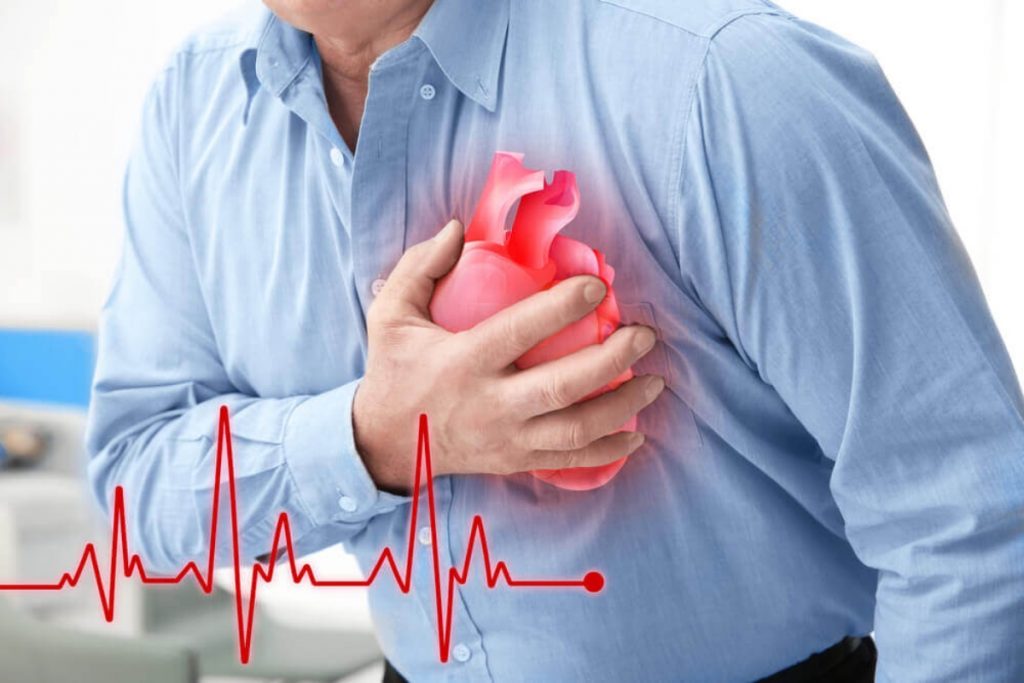New Delhi: A heart attack is what? Heart attack occurs when the blood supply to a portion of the heart muscle is insufficient. The more time goes by without receiving care to improve blood flow, the more damage the heart muscle sustains.
The primary factor for heart attacks is coronary artery disease (CAD). A coronary artery spasm, which is a severe abrupt contraction, is a less frequent cause and can cut off blood flow to the heart muscle.
What signs indicate a heart attack?
The main signs of a heart attack include:
Chest discomfort or agony. The majority of heart attacks are characterized by chest pain on the left or right side that lasts for more than a few minutes or that fades and reappears. The discomfort may feel like a painful pressure, squeezing, fullness, or other unpleasant sensation.
1. The sensation of being flimsy, dizzy, or faint additionally, you can start to sweat a lot.
2. Discomfort or pain in the back, neck, or jaw.
3. One or both arms, or shoulders, may experience pain or discomfort.
4. Difficulties with respiration, shortness of breath can occur before chest discomfort, although it also frequently occurs together with it.
5. Other heart attack symptoms may include extreme or unexpected fatigue, nausea, or vomiting. These other symptoms are more common in women.
What are the heart attack risk factors?
Your risk of heart disease and heart attack can be increased by a number of medical issues, including your lifestyle, your age, and your family history. They are referred to as “risk factors.” High blood pressure, high blood cholesterol, and smoking are the three main risk factors for heart disease that affect around half of all Americans. You cannot change some risk factors, such as your age or family history. But by altering the variables under your control, you can reduce your risk.

